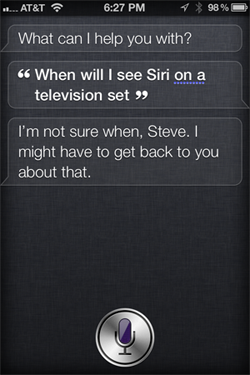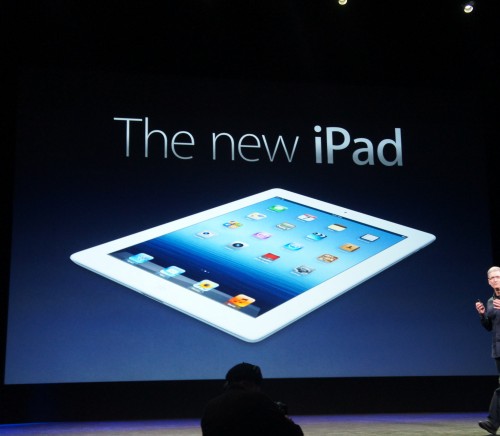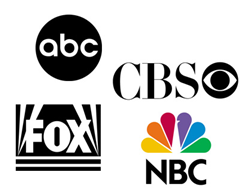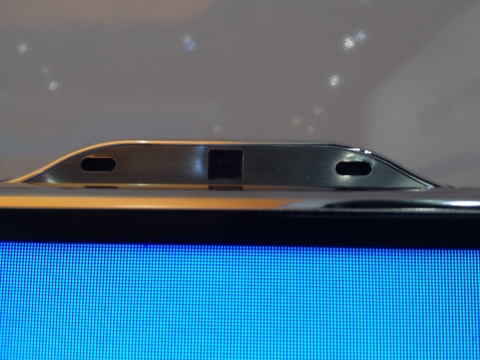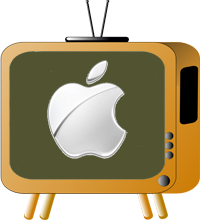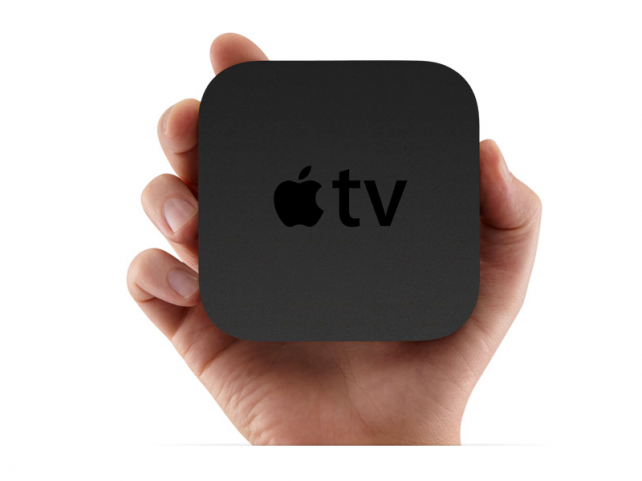 In Walter Issacson’s biography of Steve Jobs, he related a conversation with Jobs in which Steve says they [Apple] nailed what a true interactive TV experience should be in the way of UI, content and hardware. (My paraphrase) Although he did not announce any new products, he basically laid the groundwork for a lot of speculation about what he meant and what Apple might do with their future Apple TV plans.
In Walter Issacson’s biography of Steve Jobs, he related a conversation with Jobs in which Steve says they [Apple] nailed what a true interactive TV experience should be in the way of UI, content and hardware. (My paraphrase) Although he did not announce any new products, he basically laid the groundwork for a lot of speculation about what he meant and what Apple might do with their future Apple TV plans.
Most speculation has been on the idea that Apple is going to do an actual television and could have it in the market sometime in the next two years. Others see the current Apple TV becoming a greater vehicle for content and UI innovation and that this is what Jobs meant.
Over the last two weeks, Apple has made a very important and, to us long time Apple watchers, curious move when they added Hulu to the Apple TV line up and then the following week, allowed Amazon’s Live TV and Movie streaming app to go on to the iPad. I say that this a curious move because these products compete directly with Apple’s own iTunes TV and movie store and at least in theory, would impact their services revenue coming from similar iTunes products.
While Apple could still make an actual TV, I think this move with Hulu and Amazon essentially signals a strategic move by Apple and is probably at the heart of their future TV plans. The key here is that for Apple’s current TV device to make money, it needs content. By biting the bullet and offering competing services to iTunes, the value proposition of an Apple TV device just went up. And it now lays the groundwork for Apple to accelerate their TV plans through an area they excel in. That area is software and human interfaces and I believe that they can do all that they want to do in this area through an external box that connects to a TV and delivers Apple’s iTunes and cloud services. The problem with TV’s is that people buy them and hold on to them for 5 to 7 years on average. And while Apple could design a TV that could be upgraded in software, it makes more sense to create a more sophisticated box that works with all televisions and allows them to innovate around this model.
More importantly, as technology advances, they could redesign the box every year or two and given its low cost, people could just upgrade to get these new features. That is what they do now with the iPod, iPhone and iPad and it makes sense to carry that business model to the Apple TV too. While Apple is clearly a hardware and software company, it is pretty clear to me that the software exists to help them sell hardware and ultimately deliver a whole eco system of products and services that allow them to make money through all of these offerings.
I am not sure how much margin they have in the Apple TV, but knowing Apple’s way of thinking about margins, I believe that they make enough profit to keep their “hobby” going. This buys them time to innovate around the software UI and services that make these boxes very valuable to Apple customers and draw new users into Apple’s overall eco system of products and services.
Also, Hulu debuted on the iPad and migrated over to Apple TV and it is only a matter of time before Amazon’s streaming service shows up on Apple TV as well. Apple knows content is king and that it helps them sell hardware.
As I stated earlier, Apple could create an Apple TV, but I really doubt that this is in the cards and I would be highly surprised if they did a stand-alone television. Instead I believe Jobs’ and team saw the long term evolution of what the external Apple TV could become and that it this box, tied to advanced UI’s and innovative services and content that is at the center of Apple’s vision of revolutionizing the interactive TV experience.
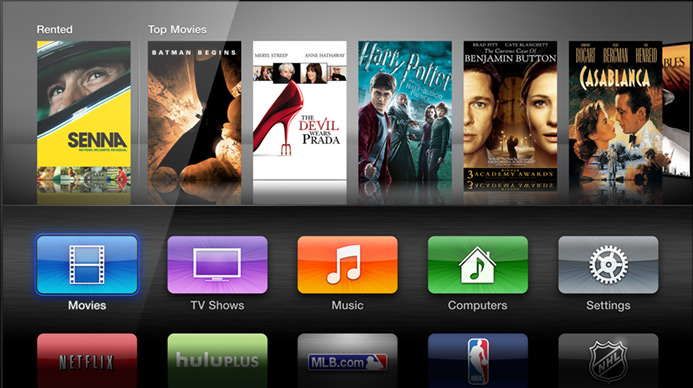

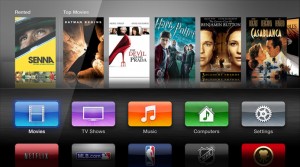 Apple TV is one of the things I get asked quite a bit about during my industry analysis presentations. It seems that everyone out there wants to know what Apple has planned for the big screen. Although no one knows, and there is much speculation, my key thoughts about this all along have been that Apple will in some way turn the TV screen into a platform to deliver rich content and services. If you think about it, the TV screen is the last of major screens in consumers lives to truly become a smart. Many vendors have tried, but the technology in many ways is still not here to really make TV’s smart.
Apple TV is one of the things I get asked quite a bit about during my industry analysis presentations. It seems that everyone out there wants to know what Apple has planned for the big screen. Although no one knows, and there is much speculation, my key thoughts about this all along have been that Apple will in some way turn the TV screen into a platform to deliver rich content and services. If you think about it, the TV screen is the last of major screens in consumers lives to truly become a smart. Many vendors have tried, but the technology in many ways is still not here to really make TV’s smart. 